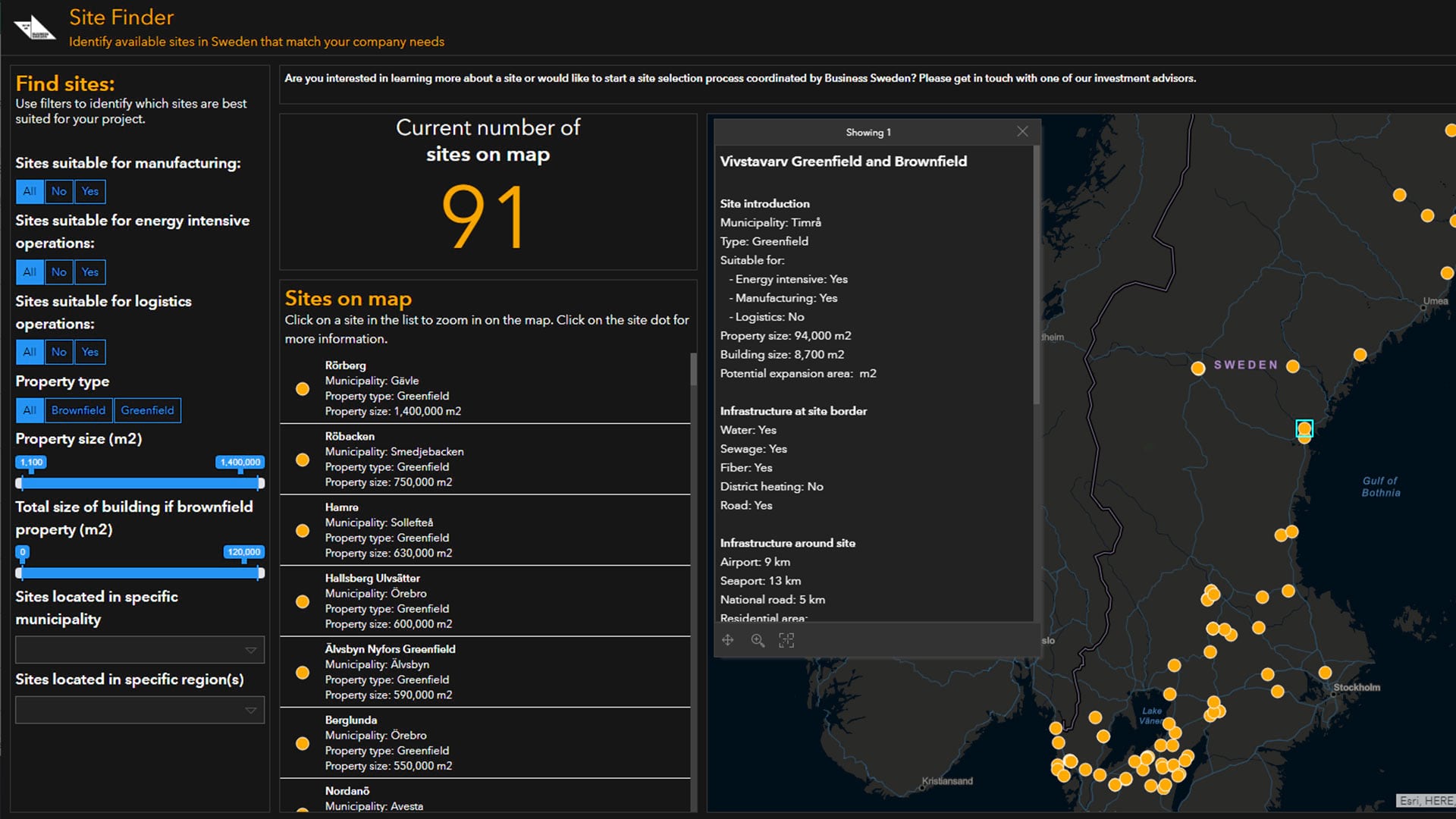Many corporate executives are now learning that a too-slow approach to digital transformation before COVID-19 has hampered their ability to adapt during the outbreak and its aftermath.
With so much uncertainty in the marketplace, it has been tempting for businesses to put implementations of digital technologies on hold. IDC estimates that worldwide IT spending will decline by nearly 3 percent this year. But according to experts, holding back is a mistake—one that could seriously damage business resilience as conditions improve. KPMG estimates that 80 percent of business revenue growth will be driven by digital offerings and operations by 2022. Organizations that step up digital transformation efforts now will be in a better position after the worst of the pandemic is over.
Companies that implemented digital processes before COVID-19 hit were positioned to seize new opportunities during the outbreak. Case in point: Business Sweden, a government agency that helps Swedish companies grow global sales and international companies to invest and expand in Sweden.
Even absent a formal lockdown policy, Business Sweden’s advisers were working at home during the height of the pandemic, and trade delegations and business leaders in other countries were staying put. Location intelligence, powered by a geographic information system (GIS), formed the core of the digital transformation Business Sweden undertook pre-COVID-19—a transformation that helped it continue advising international clients during the outbreak.
Digital Dossiers Enrich Collaboration When Meetings Are Off Limits
Deciding where to expand a business depends on the needs of each company’s industry, which cover a myriad of variables:
- potential employee drive times to a site
- the proximity of an airport, railway, or seaport—for business travel and supply chain access
- the education level of nearby residents, who will form the company’s workforce
In short, the exercise is all about analyzing disparate data particular to each location.
In the past, Business Sweden’s investment cooperation manager Anna Hammarberg and her colleagues would spend hours amassing data from far-flung sources, printing it on paper and adding it to a file folder to share with clients during in-person meetings.
“For each new request, we needed to go out to all our regions and municipalities and ask, ‘Do you have a site that fits these requirements? And can you please fill in this form?’ It was very time-consuming,” Hammarberg says.
Now, she and the firm’s other business developers can share vast amounts of location data electronically—using GIS technology to create “digital dossiers” for clients to review from their home offices.

We haven’t had any delegations, meetings, or visits to Sweden during the pandemic, and our colleagues abroad have had fewer physical meetings as well. We mainly communicate digitally. This tool allows us to communicate quickly and share data with clients at a time when we have to go digital.
Telling the Story of a Location through Data
Business Sweden uses GIS-based maps, enriched with layers of relevant data, to paint a picture of each potential location. All the information about a prospective site is available in one place, making it much easier to manage. And just before the outbreak, the organization launched its client-facing Site Finder, a GIS-based web application that gives companies a quick idea of locations of interest, based on their key criteria.
Being able to access sophisticated analytics based on location data from internal and external sources gives Hammarberg and her colleagues a head start when helping clients.
“When we work with companies that are evaluating Sweden amongst other locations, this tool helps us quickly identify locations so we don’t have to do this manually each time,” she says. “We couldn’t do that before, and that’s an advantage for us. It makes our work much more efficient.”
Of clients, she says, “We can also give them exclusive logins to directly view the data in our system. It’s quite powerful.”
Intel for Supply Chain Adjustments
The GIS application has proved especially valuable during the COVID-19 outbreak, as many companies in Sweden and elsewhere had to shift their supply chains to meet evolving demand and fill sourcing gaps.
“Helping secure their supply chains is one of the services we offer. We try to help with our local expertise and support in mitigating risk and avoiding downtime,” Hammarberg says. The firm aims to keep supply chains intact, both in Sweden and abroad. The application helps identify alternate subcontractors and partners on a local level in Sweden. “That is easier for us to do when we have our GIS tool,” she says.
For example, the team can pull up a map showing all the manufacturing sites in Sweden in one view, with filters that drill down into the data. “That is also a good tool for identifying new subcontractors,” Hammarberg says. Among other considerations, manufacturers need to know how quickly they can get their goods to a distribution center, and location analysis is an essential piece of that puzzle.
Zeroing in on Opportunities in the Tech Industry
The spring launch of the Site Finder application has proven particularly helpful during the pandemic. Rather than scrambling to help customers facing uncertain conditions, Business Sweden could simply point clients and prospects to its new offering. For instance, Site Finder provided targeted information for several international companies looking to establish new battery production sites and related businesses in the battery value chain in the Nordics.
“This is a new hot industry where Sweden is attractive and can offer a sustainable alternative for production,” Hammarberg says. “Our map-based site selection tool is quite unique to help companies find and evaluate the right site for production based on their criteria. We have received some very positive feedback.”
For several years now, Sweden has been an attractive place to site data centers. The cold climate and combination of sustainable and cheap electricity attracted large companies such as Microsoft and Facebook to invest in building data centers in Sweden.
Business Sweden created a map showcasing available sites and existing large data centers.
When advising tech companies, Hammarberg notes, location analysis is especially important because site selection is not just about where to put physical structures. Business Sweden wants to be able to reveal areas where a high number of residents have technical or advanced degrees to suit a client’s workforce needs. The GIS-based maps may be the breakthrough needed for Sweden to land more of those opportunities, as well as overcome historic perceptions.
According to a business climate report from the World Bank Group, 28 percent of Swedish firms said a lack of skilled workers was the most notable obstacle for their operations. By pinpointing areas where residents have the desired skills, Business Sweden plans to use location intelligence to overcome this hurdle.
“Talents, competence, employment levels—that is important,” Hammarberg says. Companies looking to set up shop in Sweden first want assurance they will have access to the right people. External data sources enrich the picture considerably.
“We can easily use the GIS tool to find the most suitable location, where you have the most educated people or students or research institutes or universities, for example. We have purchased a lot of data, and we have many different layers in our tool to filter and to do that kind of analysis,” Hammarberg explains.
The Digital Location Dossier Enters a New Age
Life sciences is another hot area for business in Sweden—one that is particularly important during the pandemic. Business Sweden produced a map showing COVID-19-related R&D initiatives in Sweden, featuring companies and networks that are developing diagnostics, treatments, or vaccines. The map is clustered so users can easily see where in Sweden this is happening. They can click and get more information about each company.
As the world begins to emerge from its virus-induced hiatus, many industries are finding their mode of operation changed forever. The fate of the workplace is in question as corporate leaders recognize that business carried on effectively with employees working from home. Business Sweden is realizing that the need for in-person meetings will likely be greatly reduced. Someday in the future, the digital dossier may even be powerful enough to obviate most site visits.
For example, in addition to photographs, weather, and demographic data, Business Sweden might eventually offer digital 3D renderings of buildings still in the planning stages. Such digital representations would show the building, revealing how it would fit into the natural environment and enabling users to evaluate the building’s properties.
Hammarberg and her colleagues at Business Sweden will keep learning the lessons of the virus. “For an organization like us, being more digital and offering location analysis is an advantage now and in the future.”
The Esri Brief
Trending insights from WhereNext and other leading publicationsTrending articles

December 5, 2024 |

July 25, 2023 |

November 12, 2018 |

April 29, 2025 |

February 1, 2022 |

May 6, 2025 |





